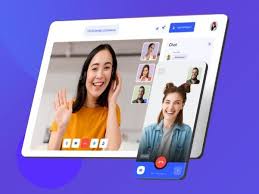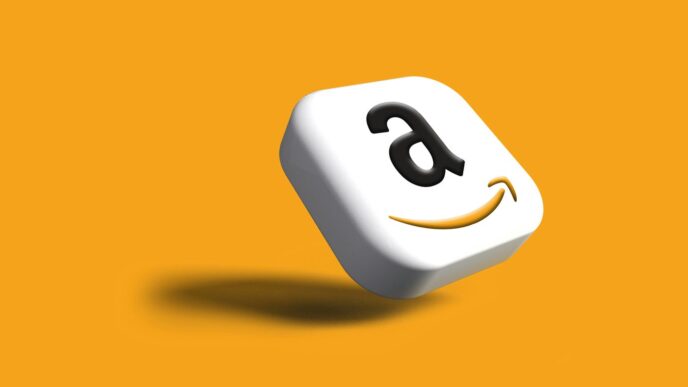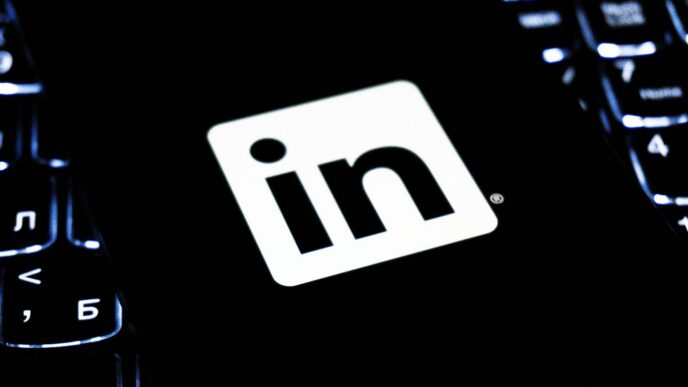In the digital age, communication has undergone a massive transformation. Text messaging, social media, and group video conferencing have become common tools for staying in touch. Yet amidst the whirlwind of online group chats and endless scrolls, a quieter, more intimate form of communication is gaining popularity: the 1v1 video call.
—simply a video call between two individuals—is not a new concept. But its significance in today’s social, educational, and professional landscapes is more prominent than ever. As our lives continue to be shaped by remote work, online learning, and digital socialization, the power of one-on-one interaction via video is being rediscovered and embraced across the globe.
The Power of Personal Connection
Unlike group calls where multiple people talk over each other or get lost in the crowd, 1v1 video calls offer a focused, personalized experience. They mimic face-to-face conversations more closely, allowing for deeper emotional connections, clearer communication, and better understanding.
Body language, facial expressions, tone of voice—all essential components of communication—are more noticeable in one-on-one settings. Whether it’s a job interview, therapy session, long-distance relationship, or mentor meeting, the intimacy of a 1v1 video call fosters trust and attentiveness.
In a world where attention is scattered, a direct video conversation can feel refreshingly human. It says, “I’m here, just for you,” and that message is powerful.
In Education: Enhancing Student-Teacher Engagement
One of the most impactful uses of 1v1 video calling is in education. Online tutoring, language exchange programs, and virtual office hours all benefit from personalized video sessions. Students are more likely to ask questions, admit confusion, and actively participate when they have the teacher’s full attention.
Platforms like Preply, Cambly, and Varsity Tutors have capitalized on this by offering one-on-one learning experiences with expert tutors. The format removes classroom distractions and tailors the lesson to the individual student’s pace and needs.
Beyond academics, teachers and counselors use 1v1 video calls to support students emotionally, especially during challenging times. These conversations can serve as lifelines, especially for students who feel isolated in remote learning environments.
In the Workplace: Personalized Communication and Coaching
As remote work becomes more permanent for many industries, 1v1 video calls have emerged as a key tool in employee management. While team meetings are important, private check-ins provide space for more honest discussions. Managers use these calls to give feedback, set goals, and understand employees’ concerns.
Professional development also thrives in one-on-one formats. Virtual coaching, mentorship, and even onboarding can be more effective when delivered through personal video sessions. New employees, for example, often feel more comfortable asking questions in private rather than in front of a group.
Moreover, performance reviews conducted over 1v1 video calls allow for nuance and empathy, which might be lost in written reports or rushed group settings.
Mental Health and Counseling: A Lifeline Through the Screen
Mental health professionals have increasingly turned to video calls to reach clients, especially since the COVID-19 pandemic. While group therapy has its benefits, 1v1 video therapy sessions offer a private, safe space for clients to open up.
For those who live in remote areas, have mobility issues, or feel anxious about in-person visits, video therapy makes mental health care more accessible. Studies have shown that the outcomes of video-based counseling can be just as effective as in-person sessions, particularly when there is consistent interaction.
This format also works well for life coaching, relationship counseling, and career guidance. The individualized attention allows for more targeted advice and better emotional support.
Online Dating and Friendships: Breaking the Ice Digitally
In the realm of online dating and social platforms, 1v1 video calls are now a common first step before meeting in person. Apps like Tinder, Bumble, and Hinge have introduced in-app video calling features, recognizing that video chats help build trust and chemistry in ways that texting cannot.
For people forming long-distance friendships or reconnecting with loved ones, one-on-one video calls are also a cherished tool. Seeing someone’s face while catching up adds emotional richness to the conversation that texting simply lacks.
Challenges and Etiquette
Despite its benefits, 1v1 video calling comes with its own challenges. Technical glitches, poor internet connections, time zone differences, and “Zoom fatigue” can make the experience frustrating. Privacy concerns and the mental toll of constant video presence are also worth noting.
To make the most of 1v1 video calls, certain etiquette should be observed: being on time, minimizing distractions, maintaining eye contact, and dressing appropriately are all ways to show respect and professionalism.
The Future of 1v1 Video Communication
As technology evolves, 1v1 video calling is expected to become even more seamless. Features like AI transcription, real-time translation, and virtual backgrounds will enhance usability and accessibility.
With the rise of the metaverse and immersive communication tools, future one-on-one interactions may take place in 3D virtual environments, further blurring the line between digital and real-world connections.
Conclusion
1v1 video call are more than just digital face time—they are windows to human connection. In an increasingly virtual world, they offer a way to maintain intimacy, clarity, and emotional presence. Whether you’re a teacher, professional, counselor, friend, or partner, a simple one-on-one video chat can mean the difference between being heard and being truly understood.













